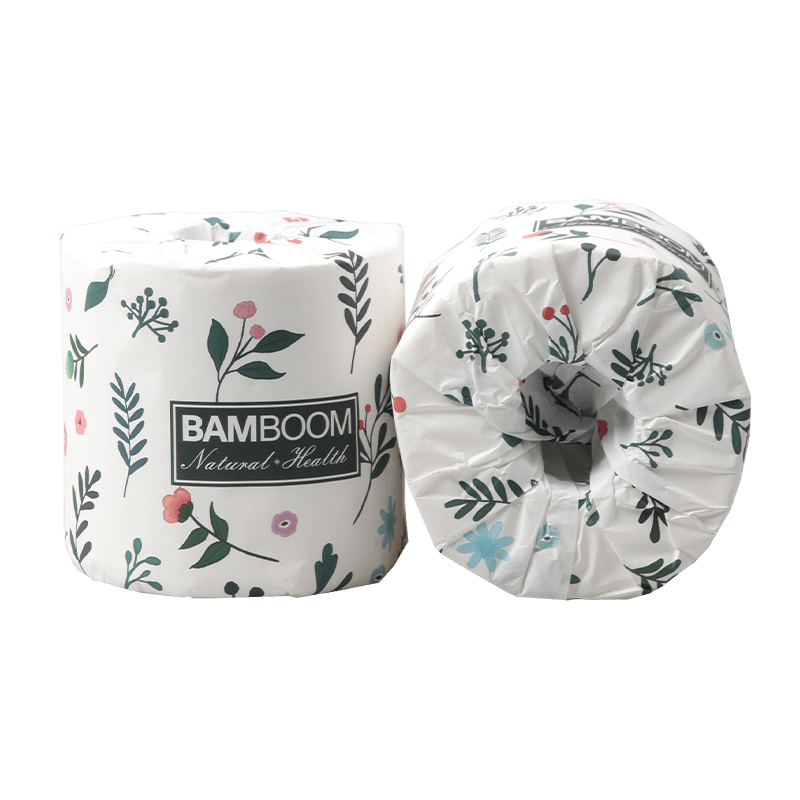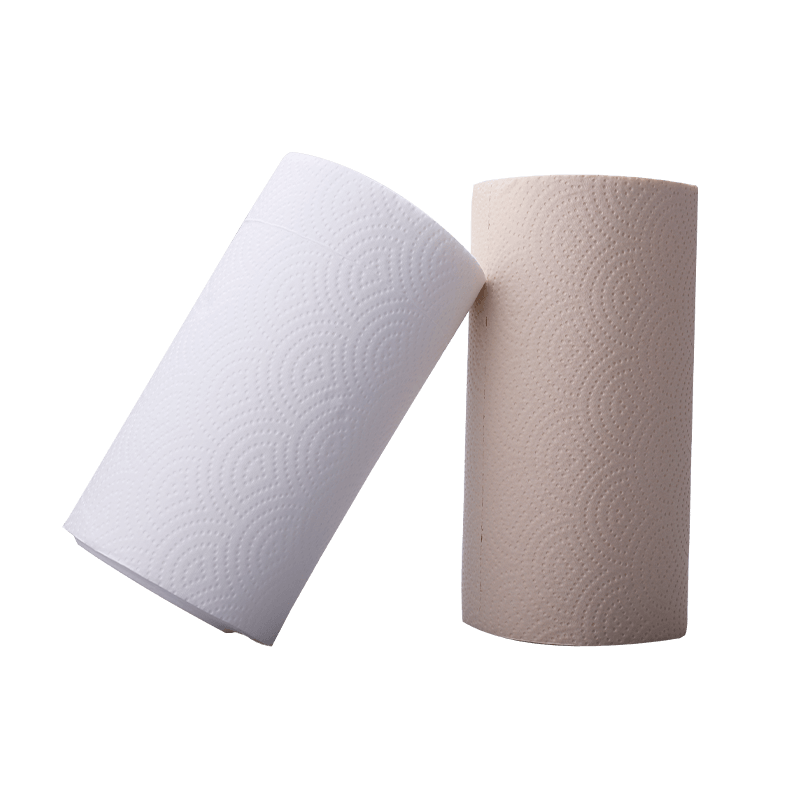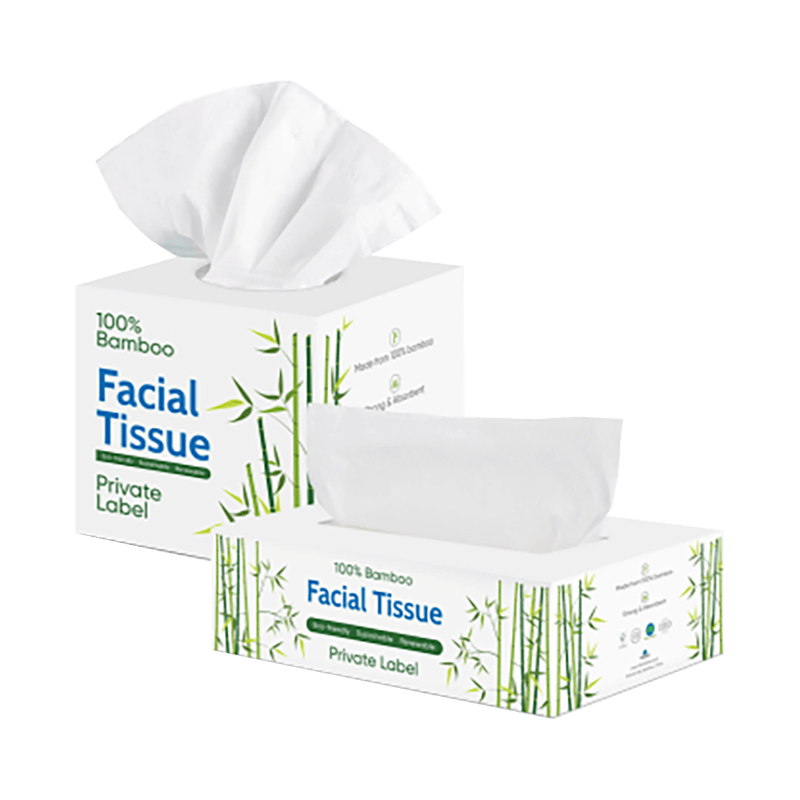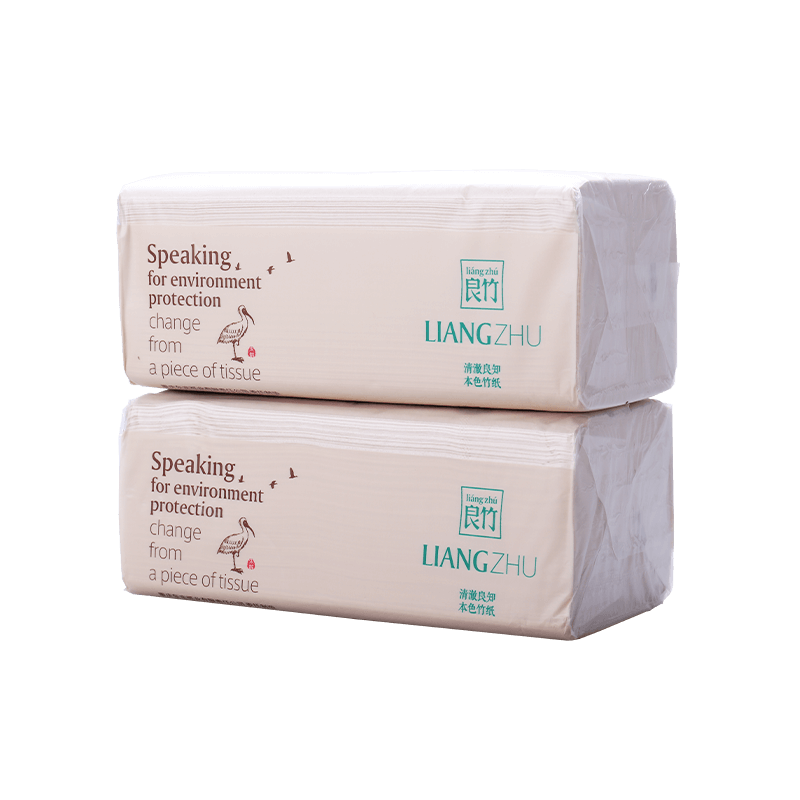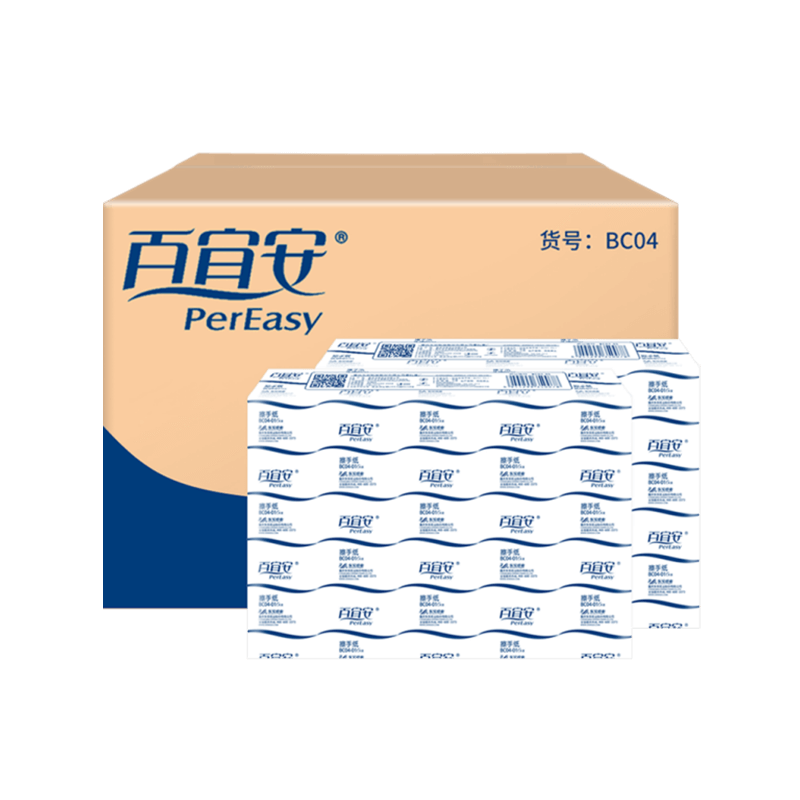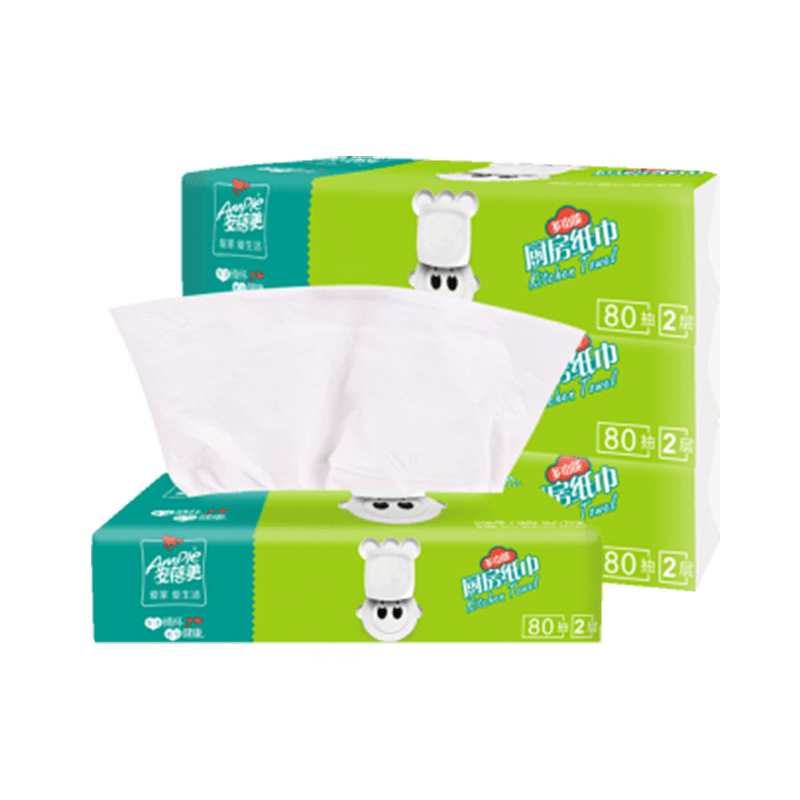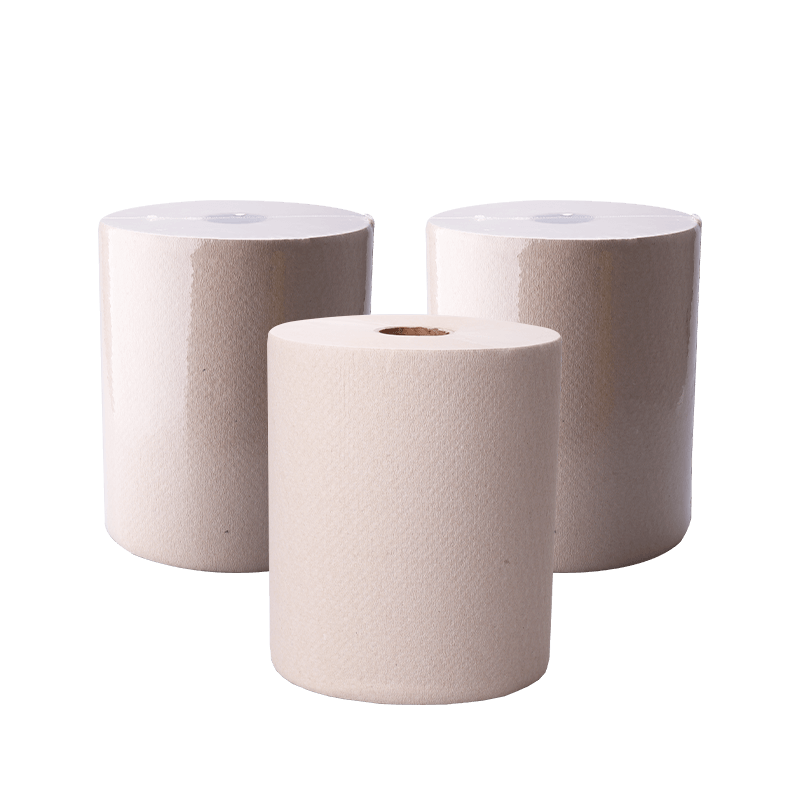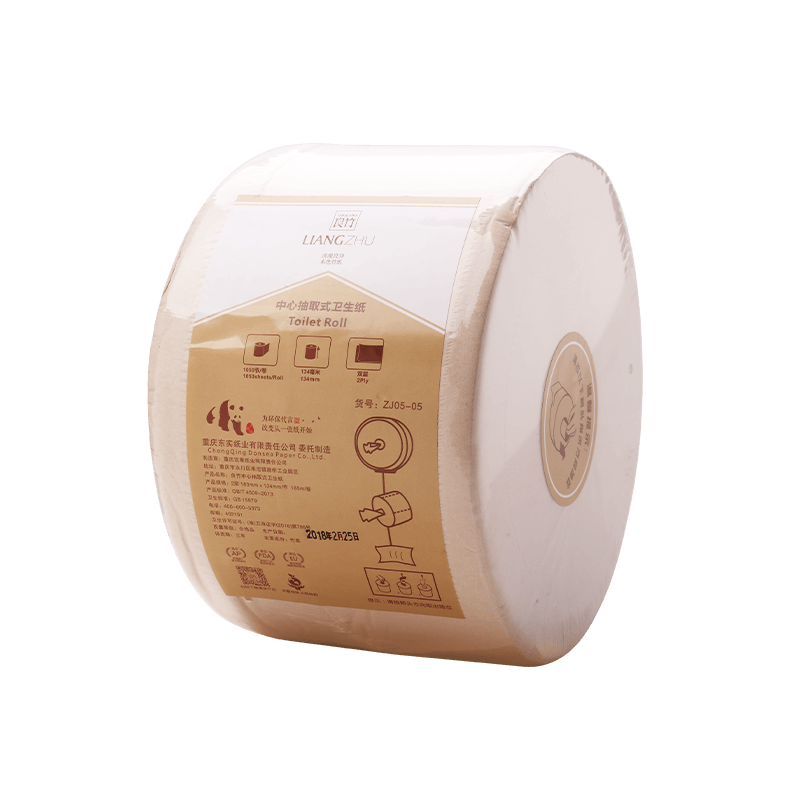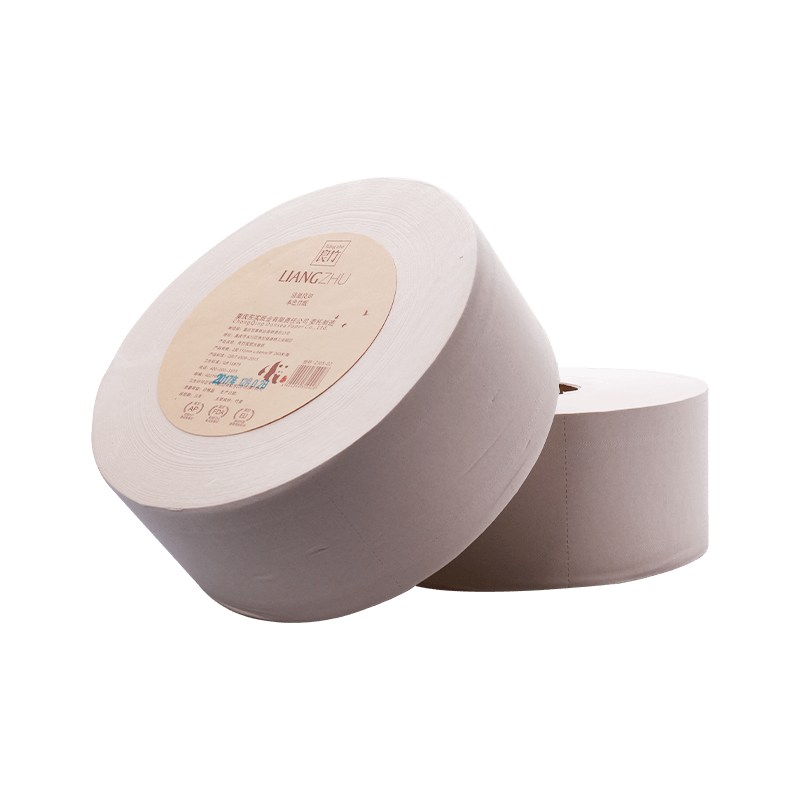Cost-efficient Techniques for Tissue Paper Manufacturing
There is a great need for competition and innovation in the tissue paper manufacturing, which includes manufacturers that covert the parent reels of tissue paper and other materials into finished roll and consumer-packaged products. Tissue paper manufacturers are focusing on proving soft, strong, and absorbent products that come at competitive prices to the consumers. While the manufactures also target maintaining healthy profit margins. Cost efficiency in tissue paper manufacturing requires the implementation of advanced production technologies to maximize energy efficiency and optimize the usage of raw materials.

The Cost of Tissue Paper Manufacturing
| Cost Component | Description | Impact on Total Cost |
| Raw Materials | Virgin pulp, recycled fibers, bamboo fibers and additives such as softeners and chemicals. | 40–50% |
| Energy Consumption | Electricity and fuel required for pulping, drying, and converting processes. | 20–25% |
| Water Usage | Large volumes needed for pulping, fiber suspension, and cleaning. | 5–10% |
| Labor Costs | Wages, training, and staffing for production, maintenance, and operations. | 10–15% |
| Maintenance and Repairs | Upkeep of machinery, predictive maintenance, and replacement of parts. | 5–10% |
| Packaging and Logistics | Wrapping, transport, and distribution of finished tissue rolls and sheets. | 5–10% |
| Environmental Costs | Waste management, water treatment, and compliance with sustainability standards. | 3–5% |
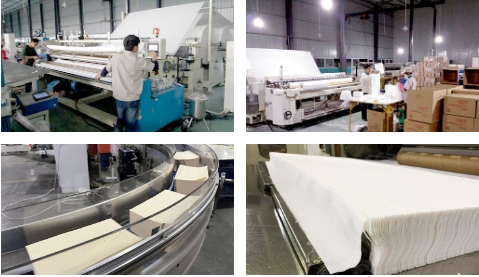
Why Need Cost-efficient Techniques for Tissue Paper Manufacturing
| Reason | Explanation |
| High Raw Material Costs | Virgin pulp and specialty fibers are expensive, requiring efficient use and recycling. |
| Energy-Intensive Process | Drying and pulping consume significant electricity and fuel, driving up costs. |
| Water Consumption | Large amounts of water increase operational expenses and treatment costs. |
| Market Competition | Low-cost producers pressure manufacturers to optimize efficiency for survival. |
| Consumer Price Sensitivity | Tissue paper is a daily-use commodity, so buyers expect affordable pricing. |
| Sustainability Demands | Eco-friendly production methods are needed, which can also lower long-term costs. |
| Operational Efficiency | Reducing downtime, waste, and maintenance ensures consistent profitability. |
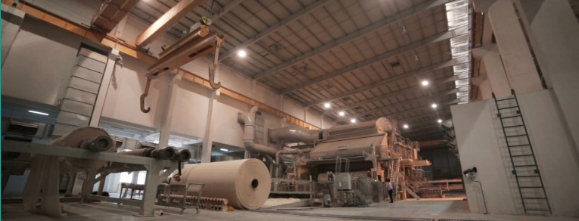
Effective Techniques for Cost-efficient Tissue Paper Manufacturing
1. Raw Material Optimization
When considering either virgin or recycled tissue pulp, it is estimated that approximately 30% of the manufacturing cost will come from pulp. Therefore, strategic management technique must be employed.
- Fiber Blend Engineering: Rather than using 100% virgin long fiber pulp. It is possible to use short fiber pulp, synthesized short fiber pulp, or high grade pulp from shedding used paper.
- Recycled Fiber Utilization: Constituer waste paper is cheaper to process than virgin pulp. Employing modern methods for deinking and cleaning fiber of paper has led to the improvement of the tissue grade fiber, it is now a feasible and economically preferable method.
- Strategic Sourcing and Partnerships: With dependable pulp suppliers and hedging against market price volatility can yield considerable savings and stable supply chain performance.
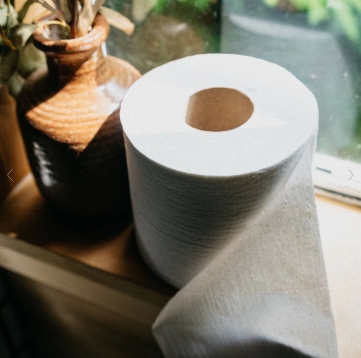
2. Energy Efficiency
The manufacturing of tissue paper is particularly energy-intensive because of the need to dry the products on huge drying cylinders.
- Heat Recovery Systems: Captures waste heat in the exhaust air and hot process water to help recover thermal energy that can be used to pre-heat incoming air or water. The reduction of energy costs and the on boilers and dryers is large in the resources used.
- High-Efficiency Yankee Hoods: Maximize thermal efficiency in the Yankee dryer (the most central and conferred to the most import component of the tissue machine). The Yankee Hoods use less steam because of the advanced Yankee designed high-velocity hoods which use high steam consumption.
- Energy-Efficient Motors and Drives: The dramatic savings of electricity used in new models with high efficiency motors replacing low inefficient motors is the focus in drives particularly in pumps and fans which use variable frequency drives (VFDs). Motors that operated in the past at fixed speed can now operate at varying speeds due to high savings in energy waste.
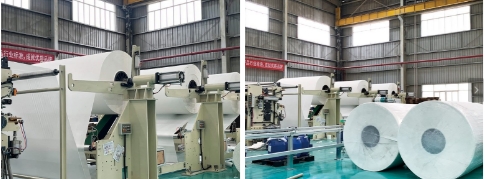
3. Water Management
The costs of water for paper-making and pulping is rising and continues to rise. The use of water is in fact priceless.
- Closed Loop Water Systems: Users Water recycling and treatment systems integrated into the mill and mill processes closes the loop on treated water and greatly minimizes the need for freshwater. This aids in the reduction of the water treatment and wastewater management.
- Effluent Treatment and Reuse: Advanced systems of Membrane biology and treatment systems cross the threshold for cleaning wastewater in these other parts of the process and thus need to emphasized in resource conservation.
4. Process Optimization and Automation
Having smart systems in place that make the process more consistent and reliable is foundational to modern manufacturing efficiency.
- Advanced Process Control: The advanced process control systems slash wastage by controlling and managing the steam pressure, chemical dosage, and refining intensity to optimal levels. In return, the system greatly reduces the energy expenditure and guarantees consistent quality.
- Automation and IIoT (Industrial Internet of Things): Through the Industrial Internet of Things, the sensors can be used to collect data on the productivity levels of the machines, resource expenditure, and energy levels used. This data can be utilized for scheduling maintenance in periods of low productivity. This helps to avoid high costs that may be incurred for unexpected downtimes and repairs.
- Reducing Trim Waste: Modern winders and rewinders are highly precise, minimizing the paper trimmed off the edges of jumbo reels during the converting process. This “trim” can be repulped and fed back into the system, but minimizing its generation in the first place saves raw material and energy.
5. Converting and Packaging Efficiency
Turning over the parent reels into consumable products can also be in the converting and packaging process.
- High-Speed Converting Lines: Investment on new high speed converting equipment on high speed converting lines boosts output every shift. It also lowers direct labor costs, and improves overall equipment effectiveness.
- Sustainable and Lightweight Packaging: Reducing the amount of plastic and cardboard in tissue paper packaging is a direct material cost saving. It also reduces shipping costs (more units per truckload) and appeals to environmentally conscious consumers. Optimizing log counts and roll lengths can also create efficiencies.
- Preventive Maintenance: A scheduled maintenance program for converting equipment is far cheaper than the downtime caused by a catastrophic failure during a production run.
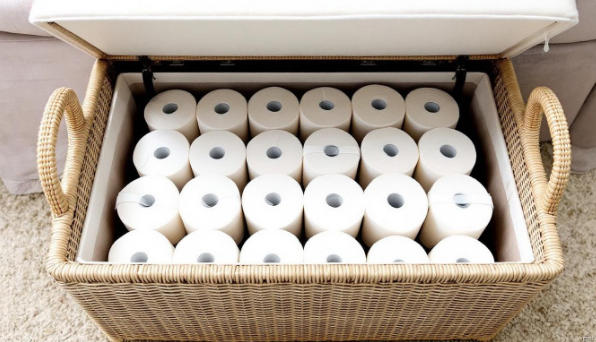
6. Continuous Improvement
Ultimately, technology is only as effective as the people behind it.
- Lean Manufacturing Principles: Easing other epochs helpful methodology of Kaizen, encourages people to take more ownership of their area,. Then, people can embank on efforts to conquer chronic issues that cost the company in excess of time and make the overall manufacturing process smooth.
- Employee Training: For example, well-trained employees are more likely to operate machines at a higher rate of efficiency, estimate failures, and appreciate early stage of complex process and provide suggestions for improvements.
Future Outlook of Cost-efficient Techniques for Tissue Paper Manufacturing
Prospects of cost-efficient techniques in tissue paper production highlights how innovation, digitalization, and green practices will reshape tissue paper manufacturing.
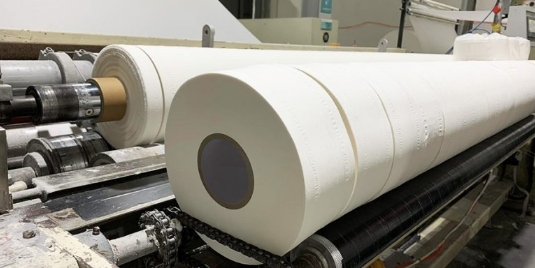
1. Advanced Fiber Use
The future cost efficiency will depend on the value of every fiber. Increasingly, enzymatic treatments and biotechnological fiber modifications will enable the higher use of recycled fibers while preserving softness and strength. Nanocellulose and other advanced additives will also improve sheet properties with less used pulp.
2. Next-generation Energy Efficiency
Energy consumption remains one of the highest cost. The next generation of cost savers will include high efficiency Yankee dryers, more integrated TADs, and conjunction heat recovery systems. Coupling these with renewable energy sources and stabilizing energy like biomass boilers or solar assisted steam systems will further enhance the savings.
3. Smarter Water Management
In the future, zero liquid discharge systems and AI controlled water IPV systems will also reduce water and treatment costs. Advanced water purification membranes, combined with sophisticated systems for water quality monitoring, will have the ability to reduce the cost to the environment and the purse.
4. Digitalization and Smart Manufacturing
Industry 4.0 will find new means of improving cost efficiency. Digital twins, smart sensors, and predictive analytics will optimize fiber refining, drying, and chemical dosing in real-time. Unplanned equipment downtime, which drives repair costs, will be reduced by predictive maintenance systems.
5. Product Innovation and Lightweighting
There is a growing consumer demand for high performance and eco-friendly tissue products. In response to this demand, innovations in lightweight and layering will continue to provide softer, bulkier tissues with lower material costs. Advanced embossing and additive manufacturing will provide new means of enhancing functionality at no additional production cost.
6. Circular Economy Integration
More practices of the circular economy will be included in future manufacturing processes. Waste disposal costs will be mitigated and new revenue sources generated by waste-to-energy systems, valorization of sludge, and closed-cycle production scrap recycling. This circular model provides both economic and ecological advantages.
7. Balancing Cost Efficiency with Sustainability
There is ever preserving focus on innovations with improved sustainability. The expectations and regulations set by consumers and the market will encourage manufacturers to adopt greener practices. Companies proven to be the most cost efficient with carbon reduction and eco-certification will strengthen their position internationally.
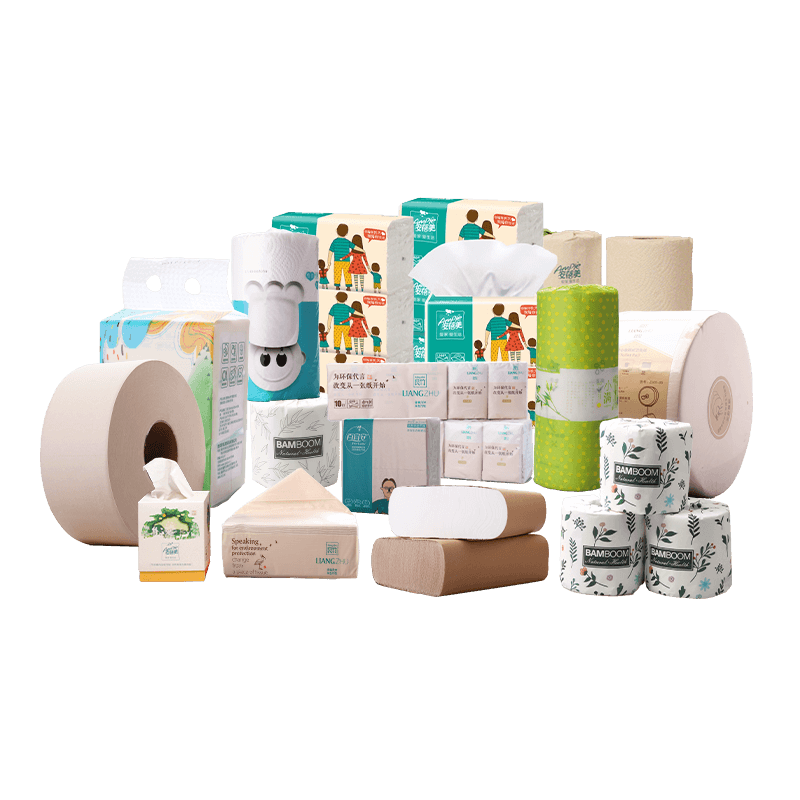
Bottom Line
Cost efficiency in tissue paper manufacturing is not the implementation of a singular solution. Rather, it is the intelligent combination of strategic improvements in the use of raw materials, energy, water recycling, and automation. All of which, if applied, would Lower production costs, improve the Sustainability of the product, product quality, and competitiveness of the manufacturers within a dynamic environment.

